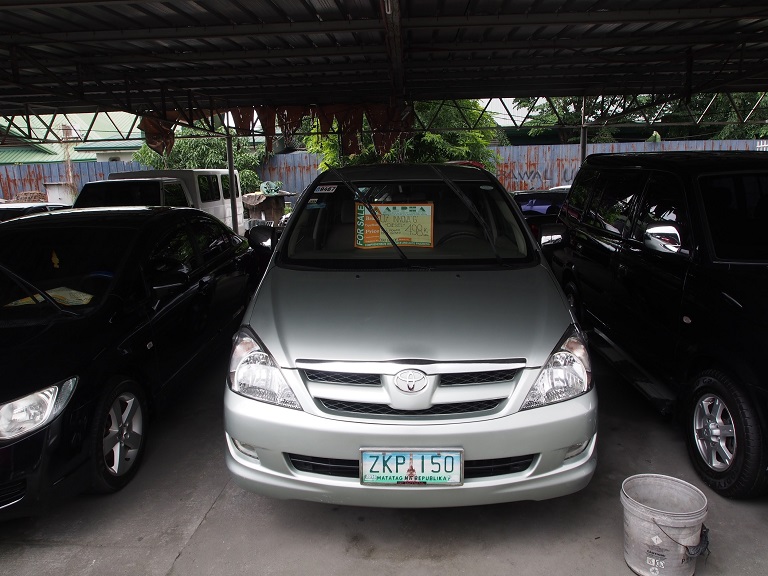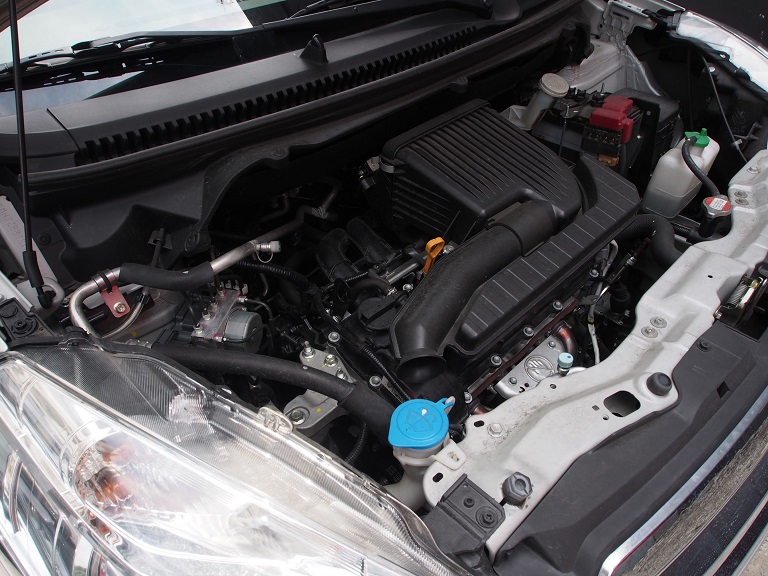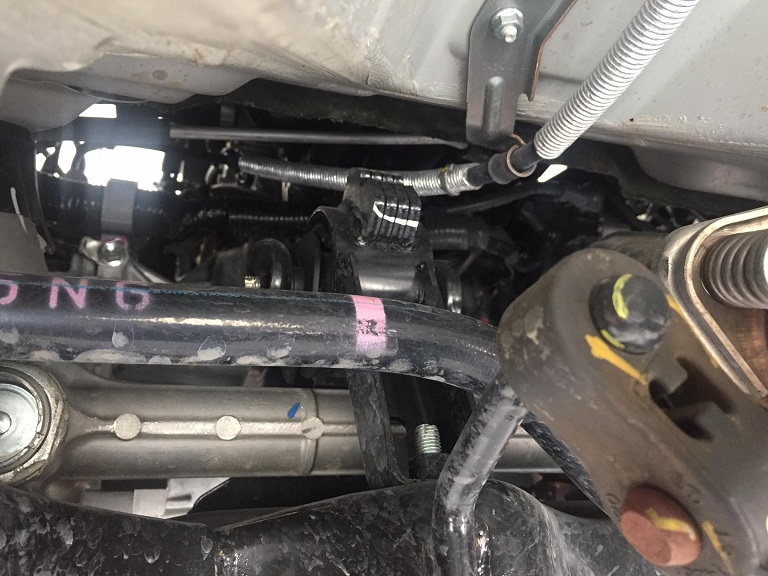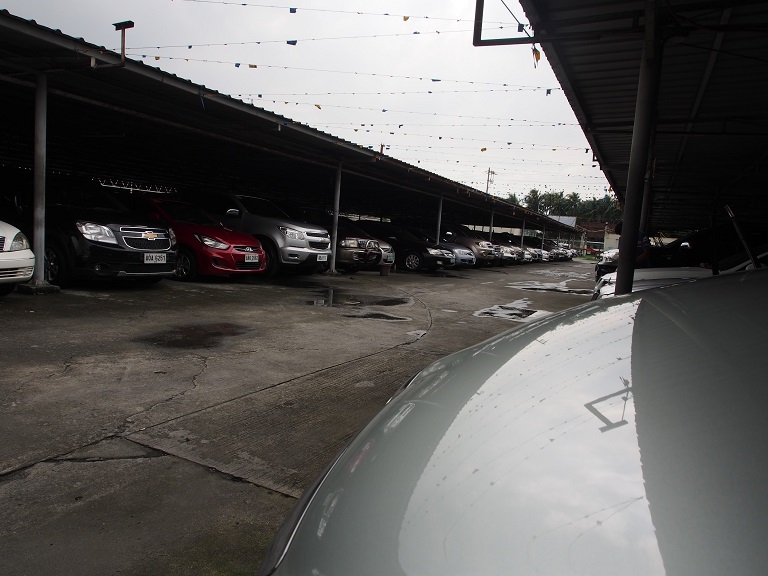We have reviewed a few brand new vehicles that are worth considering when you decide to spend your hard earned peso on buying that new car. Rest assured, we will get a few more before the year ends to increase your current options but for now let’s talk about the other elephant in the room – second hand (or pre-owned) vehicles.

The second hand market has been around since the era of the automobile began. It’s a common fair where folks with a more meager budget or particular need go to in order to fulfill that want for either their first or second vehicle.

But before diving in, just like any item that you buy used, there are a few points that you have to remember. I’m sure you have heard your fair (no pun intended) share of horror stories and triumphs with negotiating and the actual purchase, so let’s try to ensure that you fall in the latter category.
1. If it’s too good to be true, then it most likely is.
Table of Contents
The lure of a good deal can sometimes be hard to resist. Especially if it’s with the car that you have always wanted. But it helps, you and your bank account, to stay objective.

I myself have learned this the hard way when I purchased a truck for my business – on the surface it looked pristine and fresh. Since the previous owner was letting it go at a great price I pounced on it quick only to eventually find out that it previously had engine problems which resulted in a hefty repair bill once my mechanic was done with it. HUGE ouch for me.

So when you chance upon these types of deals make sure to do your look through everything and run through the basics – any LTO hits? Is the paperwork complete? Does the paperwork look legitimate? If the seller has claimed “proper” maintenance do they have the documentation or receipts to prove it?
Making sure you have these covered will save you a lot of time, money, and heartache later on.
2. Don’t be afraid to look at the oily bits.
Sure a straight body with a really shiny paint job is nice, but how sure are you that the condition under hood or other critical parts are the same?

You don’t necessarily have to go all out and crawl under the vehicle (although I have done this with most of the cars that I’ve purchased, even brand new), but you should at least open the hood and check for oil leaks, worn out hoses and belts, and even heavy corrosion in certain areas.

If you’re not mechanically inclined then look for either a friend or, even better, an actual mechanic to go with you. The little money that you spend on them will save you thousands, if not hundreds of thousands, down the road.
3. Always, and I mean always, ask for a test drive.
Minus going to the more premium pre-owned sellers that handle exotic or classic cars, expecting a test drive or even being able to at least start the engine should be a given. As per my experience, sellers that aren’t confident with their product usually try to conceal some, potentially major, problems that they don’t want you to discover.

But in the event that they do allow you, please don’t be a douche and thrash the car – it still isn’t your property after all. Have some decency and be respectful to the current owner.

Once you’re in, try to feel for any oddities with the steering, unusual vibrations when you get up to a certain speed, or strange noises – especially if it is not a diesel. It can be as simple as having the tires balanced or as complicated as having the entire steering assembly or suspension system replaced (in my case it was the engine!) – so try to be very observant.
Again, having that mechanically inclined friend or mechanic with you can make a huge difference. So try to make sure that they are there during this crucial time.
4. Negotiate properly.
Dealing with some sellers can be uncomfortable, especially once you start talking about the price. It’s an intricate dance that you must get used to otherwise you might end up overpaying for the vehicle that you want to get.

So how do you do this? Research. The internet nowadays contain so much information on almost any vehicle. Be sure to check out some popular websites like OLX or Carmudi to get a feel for the going price on the car that you are checking out and manufacturer websites for the specifications on particular models. This enables you to start with a proper base line on your preferred price.
The more you know, the better you can negotiate.
5. Be ready to walk-away.
Hunting down potential vehicles can take some effort. Certain deals are located just a stone’s throw away from your house and some can even be on another island. Add to that dealing with a sales person or private seller can sometimes tend to be a handful, and you have this amalgamation of conditions that can put you in a state to just accept whatever it is that’s in front of you – even if there are obvious red flags.

If you think that saying no and walking away will be more of a challenge for you alone, have someone tag along – whether if it’s a friend or significant other. Having a different set of eyes to provide an alternate perspective always helps.
This mindset has saved me from a handful of bad purchases in the past, even if I had to travel a few hundred kilometers to get to the vehicle I walked away from.
Remember, like most things in life, finding that awesome deal on that preferred model can take time. So try to at least have some fun and enjoy the journey. Happy hunting!


Some car companies offer certified pre owned vehicles, you can check out those .
Perhaps I missed it, but it’s a good idea to have an experienced mechanic do a bumper to bumper examination.